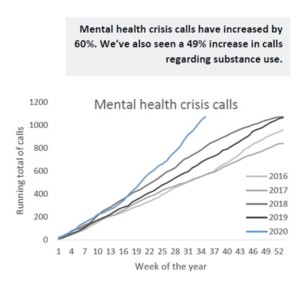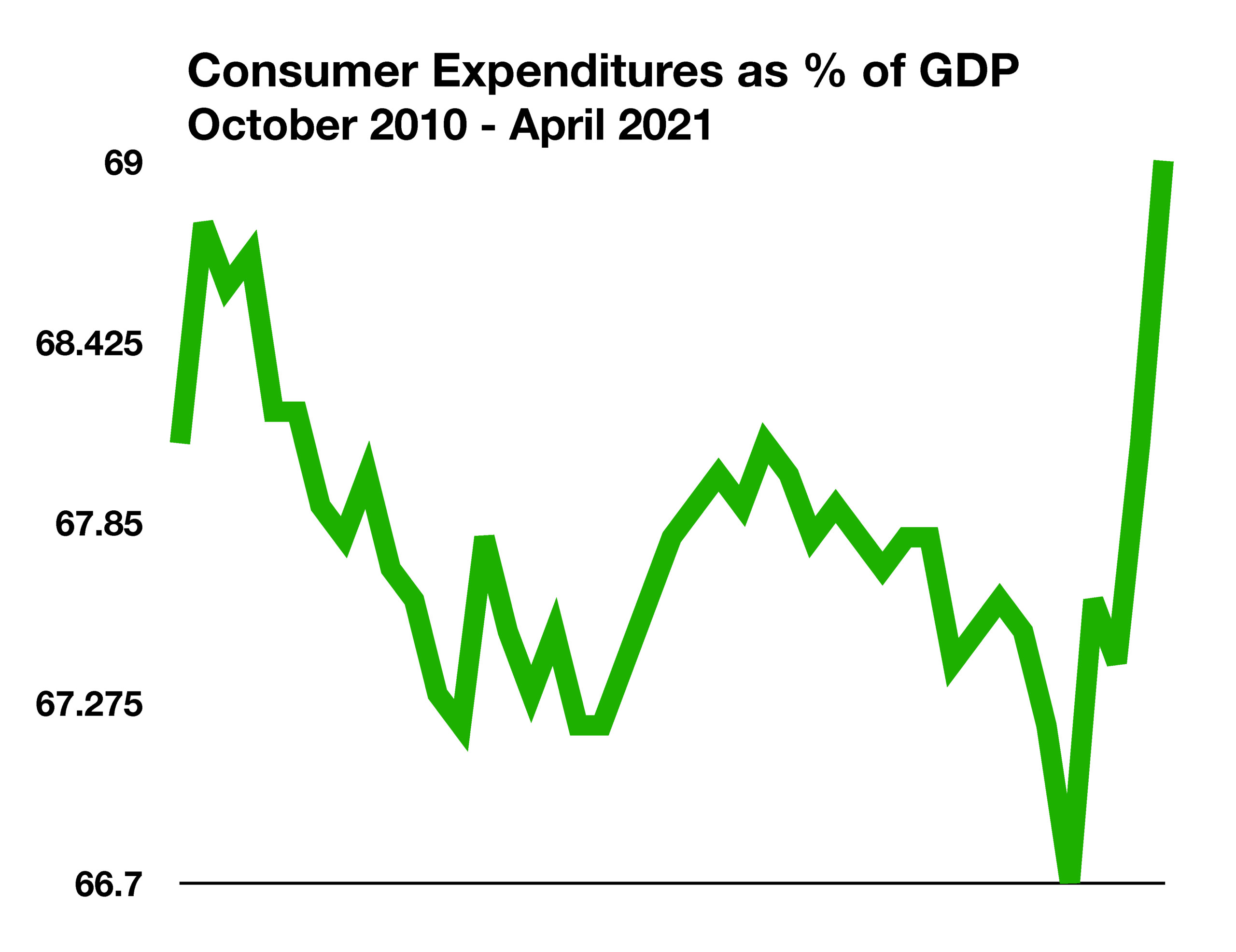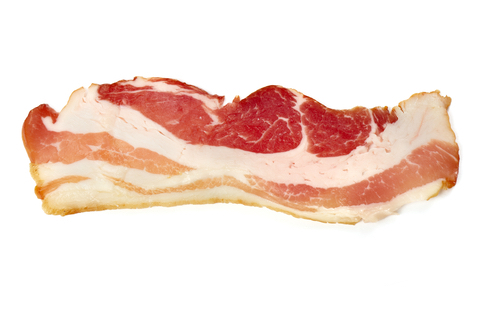
Michael McCormick
5 West Mendenhall, Ste 202 | Bozeman, MT 59715
406.920.1682 mike@mccormickfinancialadvisors.com
Sustainable Income Planning | Investments | Retirement
Stock Indices:
| Dow Jones | 42,270 |
| S&P 500 | 5,911 |
| Nasdaq | 19,113 |
Bond Sector Yields:
| 2 Yr Treasury | 3.89% |
| 10 Yr Treasury | 4.41% |
| 10 Yr Municipal | 3.31% |
| High Yield | 7.26% |
YTD Market Returns:
| Dow Jones | -0.64% |
| S&P 500 | 0.51% |
| Nasdaq | -1.02% |
| MSCI-EAFE | 17.30% |
| MSCI-Europe | 21.20% |
| MSCI-Pacific | 10.50% |
| MSCI-Emg Mkt | 8.90% |
| US Agg Bond | 2.45% |
| US Corp Bond | 2.26% |
| US Gov’t Bond | 2.44% |
Commodity Prices:
| Gold | 3,313 |
| Silver | 33.07 |
| Oil (WTI) | 60.79 |
Currencies:
| Dollar / Euro | 1.13 |
| Dollar / Pound | 1.34 |
| Yen / Dollar | 144.85 |
| Canadian /Dollar | 0.72 |

Headwaters Relay 2021!
Dear Friends,
I hope you had a great summer and made many memories that will keep you smiling for a long while. Like most Montanan’s, the McCormick’s stayed close to home and got outside a ton! We have been lucky with the pandemic, and having a lot of family time was a blessing for mom and dad. Unfortunately, that has all changed – one girl is at MSU, the other now has her driving license, and my wife works all the time managing a preschool (can you imagine how hard that is right now?). Thankfully, I’ve got a job I love and I’m once again coaching the middle school Cross Country team (Go Coyotes!). In this issue we talk a bit about the future of bonds, celebrate American consumerism, forecast a run on bacon, and worry about how our kids will be able to afford rent. Stay safe, and enjoy a wonderful Fall!

Bozeman Help Center Annual Report 2020

